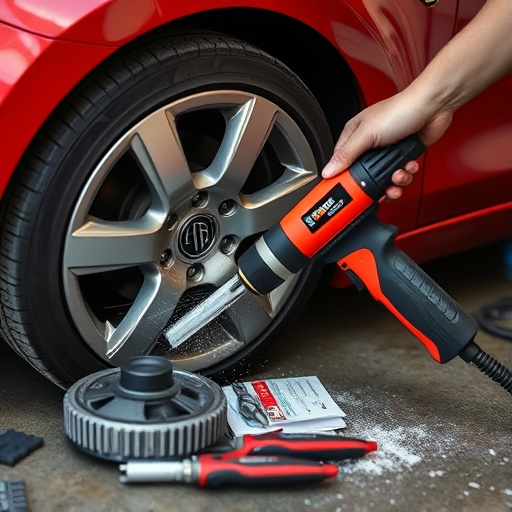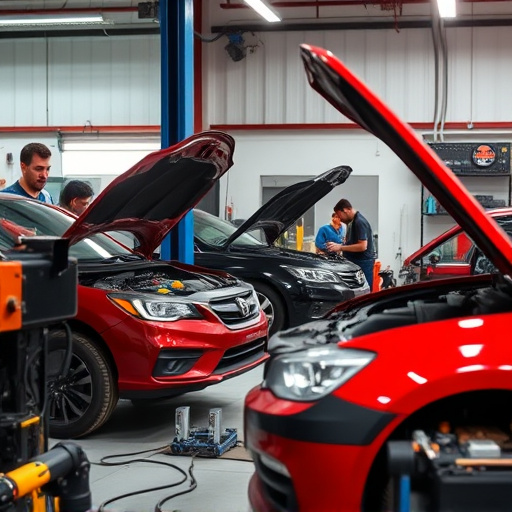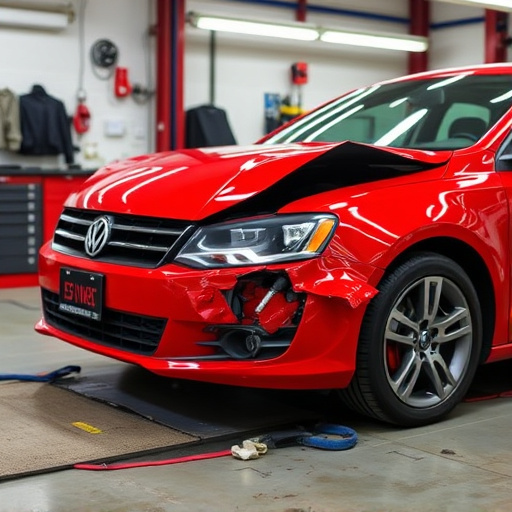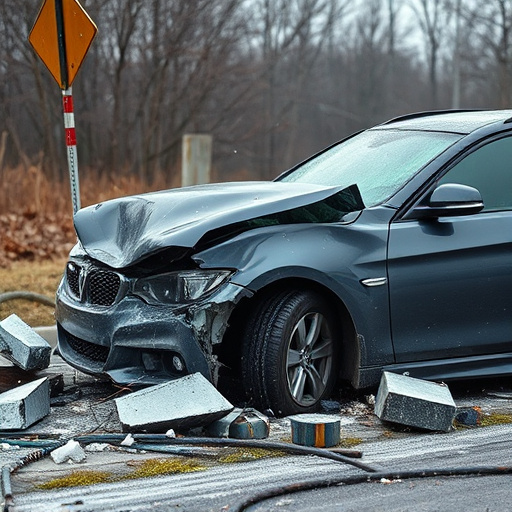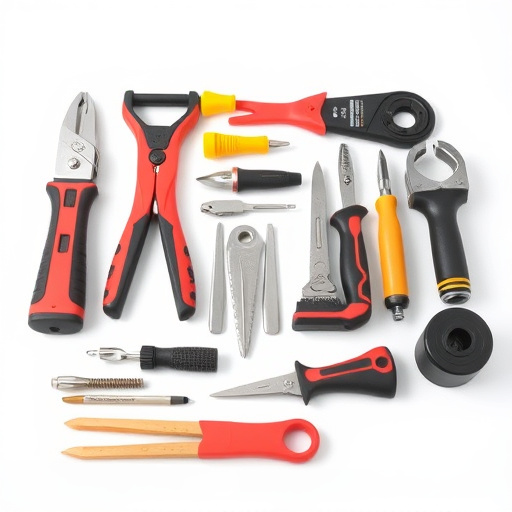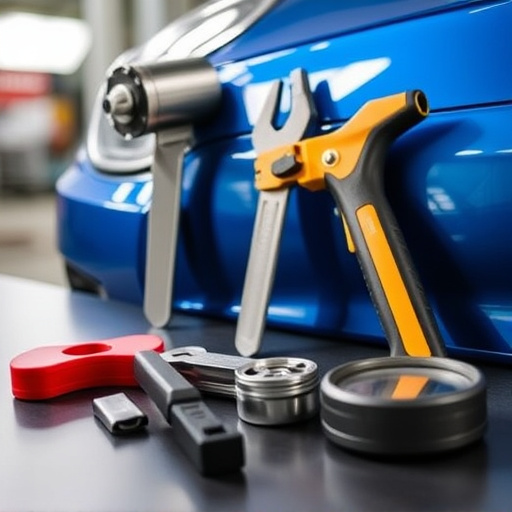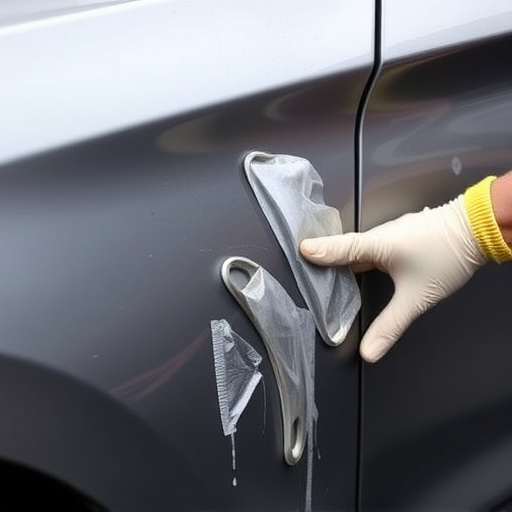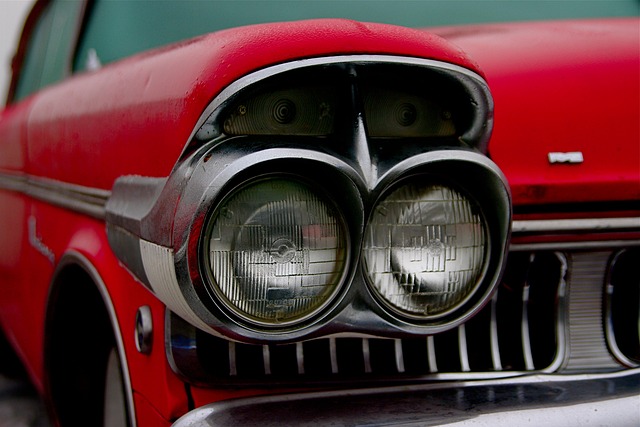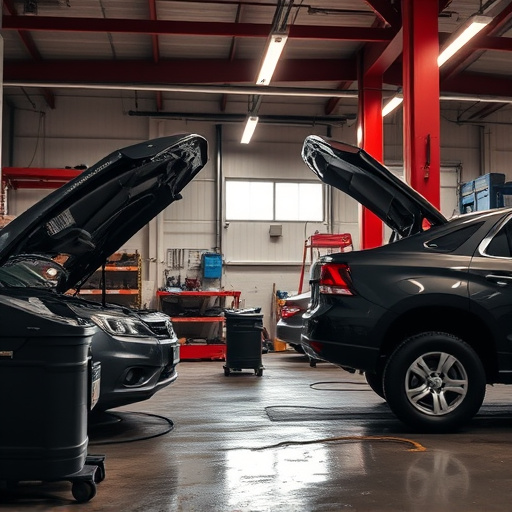After a car accident, thoroughly assess your vehicle's suspension system for damage, as even minor collisions can affect parts like struts and shock absorbers. Seek qualified mechanical help to evaluate and repair, ensuring safety and reliability. Suspension repairs involve identifying damaged components, from individual part replacements to complete system realignments, addressing both structural integrity and cosmetic concerns. Understanding the repair timeline and costs is crucial for managing recovery, varying based on damage extent, vehicle type, and insurance coverage.
After a car accident, understanding the suspension repair process is crucial for a smooth recovery. This comprehensive guide breaks down what to expect from post-accident suspension repairs. From initial assessments of your vehicle’s state to common repair procedures and timelines, we’ll walk you through every step. Additionally, we’ll shed light on the associated costs, helping you navigate the financial aspects of your journey towards full recovery. Learn how to effectively manage this critical phase in ensuring your safety and peace of mind.
- Understanding Post-Accident Suspension System Assessment
- Common Suspension Repair Procedures After Collisions
- Timelines and Costs: What to Expect During Recovery
Understanding Post-Accident Suspension System Assessment

After a car accident, one of the most critical components to assess is the suspension system. This intricate network of parts ensures your vehicle maintains stability and control while driving. When a collision occurs, even minor ones, it can cause damage that might not be immediately apparent. Suspenders, shock absorbers, struts, and other related components can all suffer wear and tear or complete failure.
A thorough evaluation by a qualified mechanic or vehicle body shop is essential to determine the extent of the damage. They will inspect for bent or broken parts, leaks in the fluid lines, and any misalignment that could affect handling. This assessment is crucial before proceeding with suspension repairs, as it ensures the safety and reliability of your car once restored. Think of it as a critical step in the car restoration process, particularly when aiming for top-notch autobody repairs.
Common Suspension Repair Procedures After Collisions

After a collision, one of the most critical components that requires meticulous attention is the vehicle’s suspension system. Common suspension repair procedures involve several steps tailored to the extent of damage. Initially, technicians conduct a thorough inspection to identify affected parts, which might include struts, shock absorbers, control arms, and ball joints. Depending on the severity, repairs can range from replacing individual components like a broken spring or strut to more complex tasks such as realigning the entire suspension system.
In many cases, collision repair services also address cosmetic issues that may have resulted from the accident. This includes straightening bent panels and repairing or replacing damaged parts, ensuring not only safety but also maintaining the vehicle’s aesthetic appeal. Car dent repair techniques are employed to restore the original shape of the body, often using specialized tools and methods to minimize scarring and maximize structural integrity.
Timelines and Costs: What to Expect During Recovery
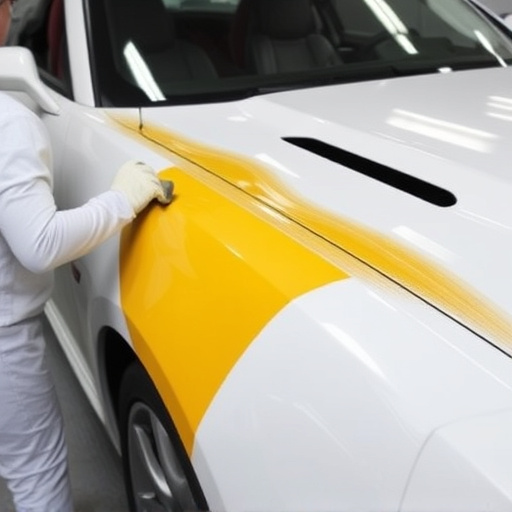
After a collision, the immediate focus is on safety and medical attention. Once those critical needs are addressed, understanding what to expect from your vehicle’s suspension repair after an accident is crucial for navigating the recovery process. Timelines for repairs can vary significantly depending on the severity of damage to your car’s suspension system. Simple adjustments or replacements may take a few days, while more complex issues could extend the process up to several weeks.
Cost estimates for suspension repair after an accident are equally variable. Minor repairs like shock absorbers or strut replacements usually fall into the moderate price range. However, severe accidents might require extensive work on components such as control arms or even a complete overhaul of the entire suspension system, significantly driving up costs. It’s important to remember that these estimates can change based on factors like your vehicle’s make and model, the specific parts needed for repair, and whether you’re relying on insurance coverage for car repair services or paying out-of-pocket for vehicle bodywork repairs.
After an accident, navigating suspension repair is a crucial step in your vehicle’s recovery. Understanding the assessment process, common procedures like shock replacement or spring repair, and realistic timelines with associated costs will empower you during this challenging time. Remember, prompt attention to these repairs ensures not only safety but also helps preserve the value of your vehicle post-collision.

